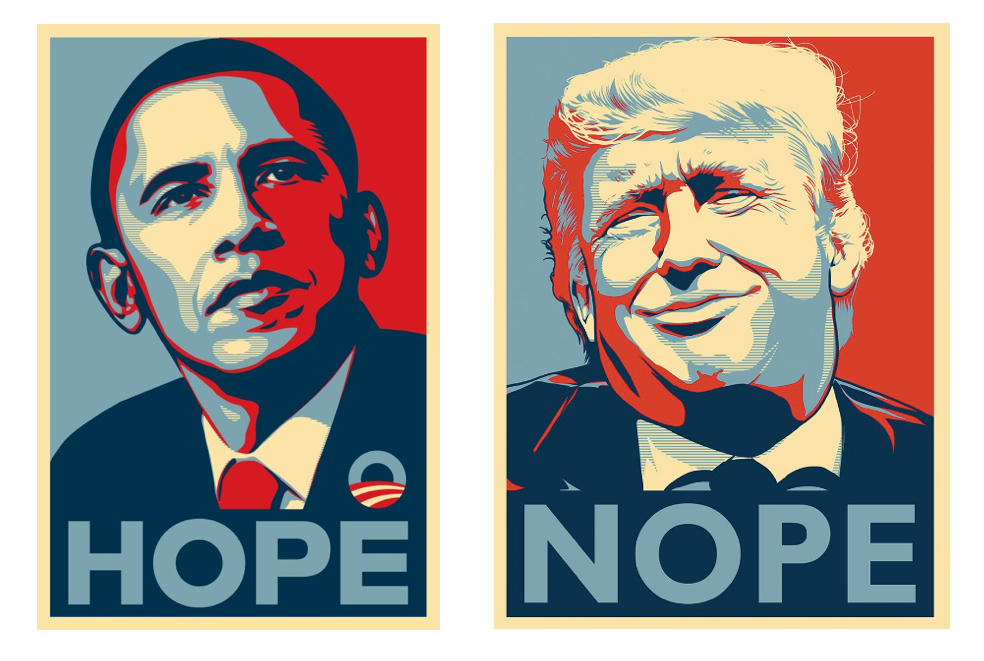The Homesick Brand: Are You from Somewhere or Anywhere?
Caspar David Friedrich 'Wanderer above the Sea of Fog'
I recently came across a BBC Radio 4 programme considering nostalgia (‘Word of Mouth’, 30 April). It transpires that nostalgia did not start life the way we think of it today: it was originally a yearning for home, rather than for the past.
The term was coined by a seventeenth century doctor to describe the intense homesickness felt by Swiss mercenaries fighting in the lowlands of France and Italy. (‘Nostalgia’ is formed from ‘nostos’ and ‘algos’, the Greek for ‘homecoming’ and ‘pain’.) Symptoms of nostalgia included dysentery, fainting and fever; despair, lethargy and melancholy. Some troops absconded, others committed suicide. Some heard cowbells. To guard against the ailment soldiers were banned from playing sentimental tunes.
In one celebrated case of nostalgia a diligent student dropped out and took to his bed, becoming uncommunicative and sore-stricken. When at length an apothecary sent him home, he recovered completely.
Nostalgia was quite commonly cited as an illness in the eighteenth and nineteenth centuries. In the American Civil War 5000 cases were recorded, including 74 deaths. As recently as 1918 nostalgia was named as the cause of death when a US serviceman passed away in France. The illness only declined with the frequent and easy travel of modern times.
I suspect many of us would still recognize this historic sense of nostalgia: the disorientation and discomfiture when we are far from home; the pining for roots, yearning for the familiar.
In his 2017 review of modern British society, ‘The Road to Somewhere’, the journalist and commentator David Goodhart argued that nowadays people can be divided into two camps: 'Anywheres', who have 'achieved' identities, from career and education; and 'Somewheres', who derive their identities from a sense of place and the people around them. Anywheres tend to be well-travelled, university-educated, urban and socially liberal. Somewheres are more likely to live in small towns or the countryside, to be less educated and socially conservative. Goodhart uses this distinction to shed light on the UK’s Brexit referendum.
Quite taken with this observation, I asked a number of my friends whether they considered themselves Anywheres or Somewheres. Given Goodhart’s definitions, I expected that most would self-identify as Anywheres. But nearly everyone claimed to be a Somewhere. They may have recognised themselves in the description of globe-trotting, metropolitan liberals, but fundamentally they wanted to belong to a particular place and community.
I found myself asking a similar question of brands: is yours an Anywhere or a Somewhere Brand?
When I was younger most brands seemed to be Somewhere Brands. Sony was reassuringly Japanese; Boddingtons was robustly Mancunian; Phileas Fogg was, eccentrically, from Medomsley Road, Consett. Provenance and place gave brands character, personality, charm. They explained their values, their outlook on life. Levi’s American roots prompted thoughts of freedom, rebellion and the open road; Olivio’s Mediterranean associations suggested health and happiness; Audi’s Germanic origins guaranteed its technical and engineering excellence.
In recent decades, with globalization and international marketing, we have witnessed the ascendancy of Anywhere Brands: brands are invented, conflated, migrated; talent is internationally recruited, factories are economically relocated, products are globally sourced. Consequently brands are assigned abstract moods or aspirational feelings, without specific reference to place or culture. They inhabit an ethereal neutral landscape of smiling faces, easygoing hedonism and fluid interaction. Origin stories are relegated to the occasional earnest hang-tag or an unread history page on the company website.
I wonder whether we’ve lost something along the way. Could many modern brands be described as just a little homesick? Are they somehow pining for a sense of belonging; yearning for association with a particular time and place? Shouldn’t all brands be Somewhere Brands?
Perhaps the recent trend towards the artisanal, authentic, crafted and locally-sourced suggests a return to roots, provenance and location. Perhaps the pendulum is swinging back the other way.
Or maybe I’m just being nostalgic.
‘So far away.
Doesn't anybody stay in one place anymore?
It would be so fine to see your face at my door.
Doesn't help to know you're just time away.’
Carole King, ‘So Far Away’
No. 181
















